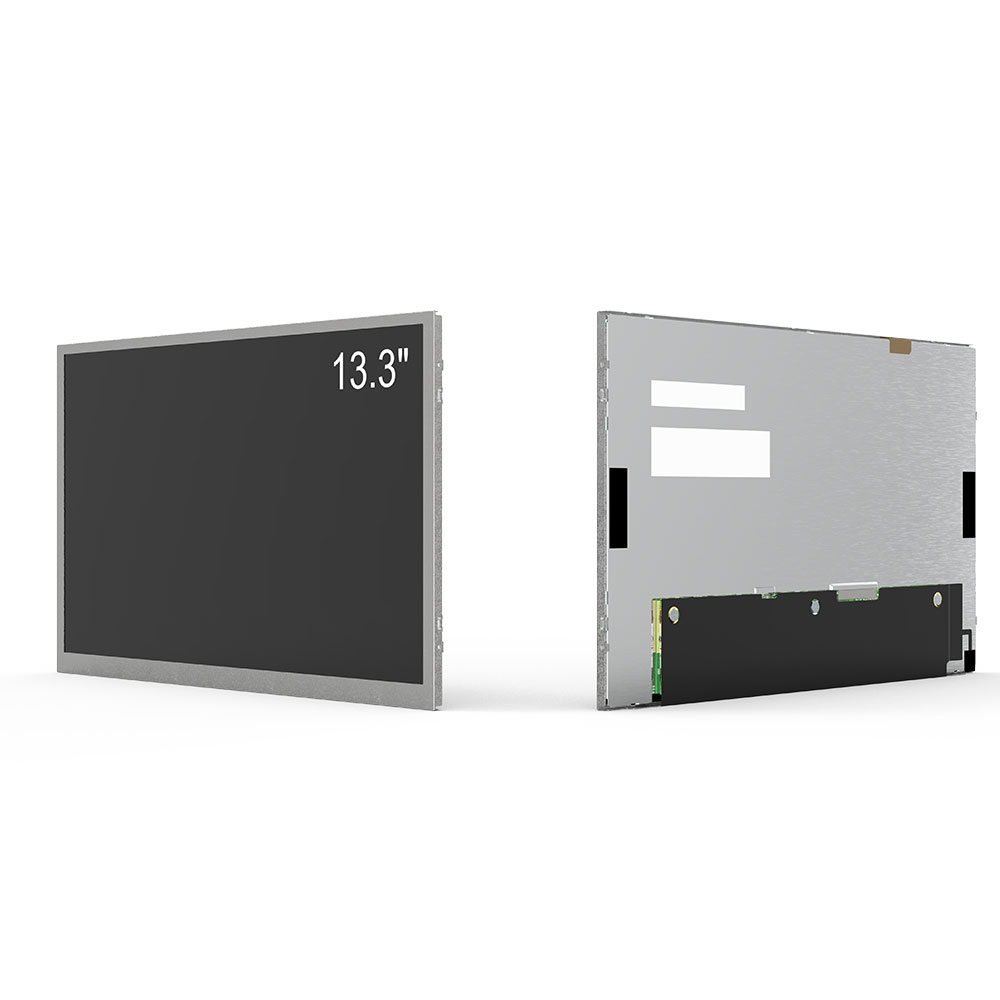High-brightness sunlight-readable LCD screens are a critical advancement in display technology, especially for applications that demand clear visibility under direct sunlight. These displays are engineered to maintain readability and functionality even when exposed to extreme outdoor lighting conditions—such as those found on military vehicles, industrial control panels, public transportation systems, and outdoor kiosks. The key differentiator lies in their ability to achieve brightness levels of at least 5,000 nits (cd/m²), far surpassing the typical 250–500 nits of standard indoor LCDs.
The engineering behind these displays involves multiple layers of innovation. First, high-luminance LED backlighting ensures sufficient light output, often using arrays of high-efficiency LEDs with advanced thermal management to prevent overheating. Second, anti-reflective coatings and polarized filters reduce glare by minimizing ambient light reflection—a technique widely adopted in aviation and defense sectors, as seen in Honeywell’s and Rockwell Collins’ cockpit displays. Third, active matrix addressing with TFT (Thin-Film Transistor) technology improves contrast ratios and response times, which is essential for real-time data visualization in mobile environments like construction machinery or emergency response vehicles.
According to the U.S. Department of Defense’s MIL-STD-810G standards, sunlight-readable displays must function reliably across temperatures ranging from -30°C to +70°C, withstand vibration, shock, and humidity, and maintain readability in full sunlight (100,000 lux). Companies such as E Ink, LG Display, and Sharp have developed commercial-grade solutions meeting these requirements through innovations like micro-lens arrays and dynamic brightness adjustment algorithms that adapt to ambient light levels automatically.
Case studies further demonstrate real-world effectiveness. For example, the London Underground implemented high-brightness LCDs in its ticket vending machines, resulting in a 68% reduction in user errors during peak daylight hours. Similarly, the U.S. Navy deployed sunlight-readable displays in shipboard command centers, where they significantly improved operational efficiency during maritime missions under intense solar exposure.

From an industry perspective, the global market for sunlight-readable displays is projected to exceed $3 billion by 2027 (Grand View Research, 2023), driven by growing demand in smart city infrastructure, autonomous vehicles, and renewable energy monitoring systems. As AI-driven edge computing becomes more prevalent, integrating intelligent brightness modulation and power-efficient OLED alternatives into high-brightness LCDs will be pivotal for next-generation outdoor electronics.
In summary, high-brightness sunlight-readable LCDs are no longer niche products—they are foundational components in modern outdoor digital interfaces. Their design combines optical physics, materials science, and human-centered usability principles, making them indispensable for safety-critical and mission-oriented applications worldwide.

2025-07-31
2025-07-31
55 인치 미러 모니터 LCD 디스플레이 화면2025-10-24
DVI 및 HDMI: 현대 디스플레이 기술을위한 포괄적 인 비교2025-10-21
고광도 응용 프로그램을위한 올바른 야외 LCD 스크린을 선택하는 방법